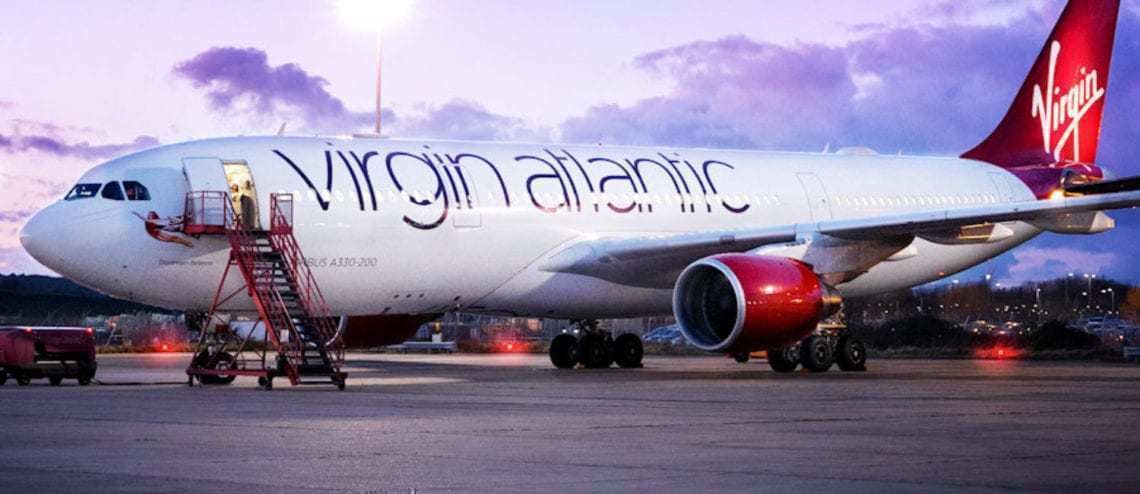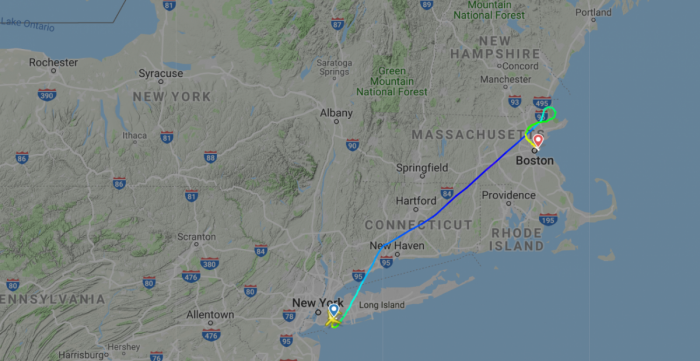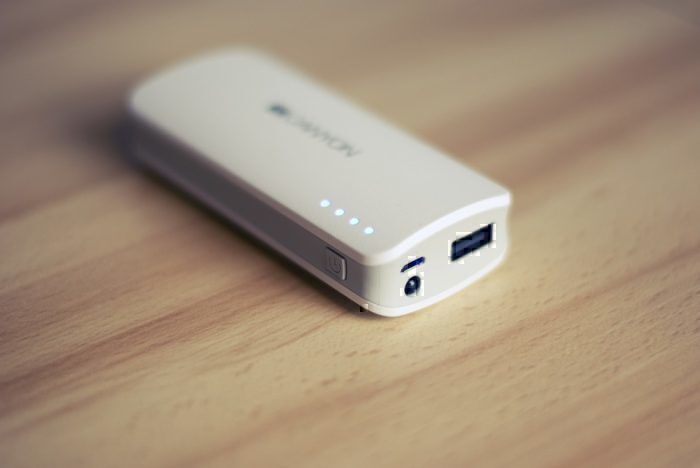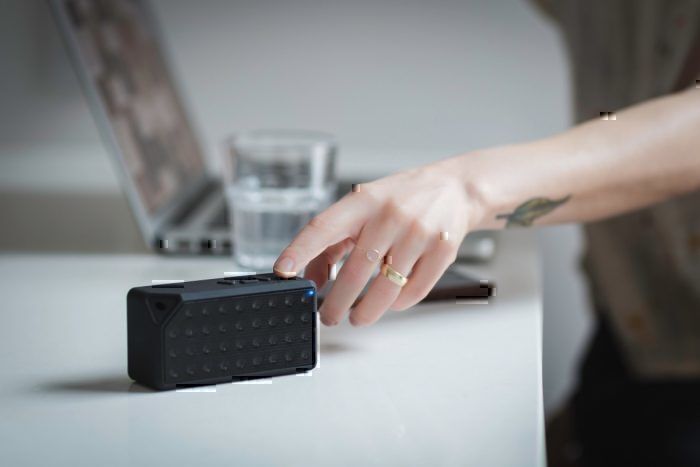A Virgin Atlantic flight heading from New York to London had to reroute to Boston after a fire broke out on board. VS138 set out from JFK yesterday evening, heading to London’s Heathrow Airport when passengers smelt smoke. The culprit was thought to be a power bank.
What happened?
Flight VS138 was scheduled to take off from JFK at 19:00 yesterday evening, with an arrival time at London Heathrow of 07:20 local. It pushed back just over an hour late at 20:11 and began traveling north east. The flight was being operated by a Virgin Atlantic A330-300, registration G-VKSS.
As it approached the coast of Massachusetts just north of Boston, ready to head out over the Atlantic, passengers and crew reported a smell of smoke. Declaring an emergency, the aircraft began to descend and headed south to land safely at Boston Logan International Airport.
It is reported to have landed safely around an hour and a half after takeoff, and that all 217 passengers on board are safe and well. Simple Flying reached out to Virgin Atlantic for a comment, and they provided us with the following statement:
“The VS138 from JFK to London Heathrow (4 July 2019) diverted to Boston due to reports of smoke in the cabin. Our crew responded immediately and the plane has landed safely in Boston. The safety and security of our customers and crew is always our top priority and we are currently investigating to fully understand the circumstances. All our customers were offered overnight accommodation and onward travel today (5th July 2019.)We’d like to thank our customers for their patience during this time.”
Although obviously pretty scary for the passengers on board, the quick actions of the Virgin Atlantic team meant everyone was able to deplane safely at Boston Logan.
Smoke aboard! Emergency landing! Thank God we were in close proximity to #Boston airport #BOS. #virginatlantic #VS138 pic.twitter.com/cBJdCfR17Y
— Nishith Nagabhushana (@MolecularCoder) July 5, 2019
What caused the fire?
You would be forgiven for thinking that this was perhaps one of those pesky Galaxy Note 7s, which are still banned from flights (even though airlines no longer have to warn you not to take them). But it doesn’t seem that it was. According to Virgin Atlantic, it seems to have been related to a portable battery charger, or power bank, which became trapped between the seats.
Virgin told Simple Flying that,
“Early indications suggest that the incident was caused by a power bank. Virgin Atlantic, along with other airlines, will continue to work with the relevant safety authorities to ensure any devices brought onto the aircraft meet our strict industry safety standards. We will continue to investigate the incident and provide further information as it becomes available.”
Obviously, a full investigation is underway, as it could have been a very different story if the aircraft was halfway across the Atlantic. We commend the swift actions of the Virgin Atlantic crew for safely getting the plane back on the ground and rapidly extinguishing the fire.
The rules governing power banks on planes
Flights both domestic and international are governed by the same rules regarding ‘portable recharging devices’, also known as power banks. For many travelers, power banks are an essential piece of kit for keeping their tech topped up on their travels. But what are you allowed to take?
The FAA rules say that power banks are allowed on board if they are no greater than 100Wh. That’s around 27,000mAh, a rating which is usually displayed on the power bank itself. You are allowed to take up to two of these per person, but they should always be in carry on baggage, and never checked into the hold.
With the airline’s permission, it may be possible to take a larger power bank on board, up to 160Wh, although airline approval is needed for anything over 100Wh. 160Wh is equivalent to around 43,000mAh. Most regular users would never need anything of such a large capacity, and most typical power banks fall well within the restrictions.
Virgin Atlantic offered some additional device regarding taking power banks on board, saying,
“If any battery operated equipment becomes hot, damaged, produces smoke or falls into the seat, customers are advised to inform the cabin crew immediately, who are highly trained to deal with such situations.”
It’s also important to note that the power rating of your power bank must be clearly displayed on the device; if not you should bring along its original packaging. If the airline cannot determine that your device is within their criteria, they may well confiscate it.
Do you take power banks on planes? Has your power bank ever got too hot or started to smoke? Tell us more in the comments!




